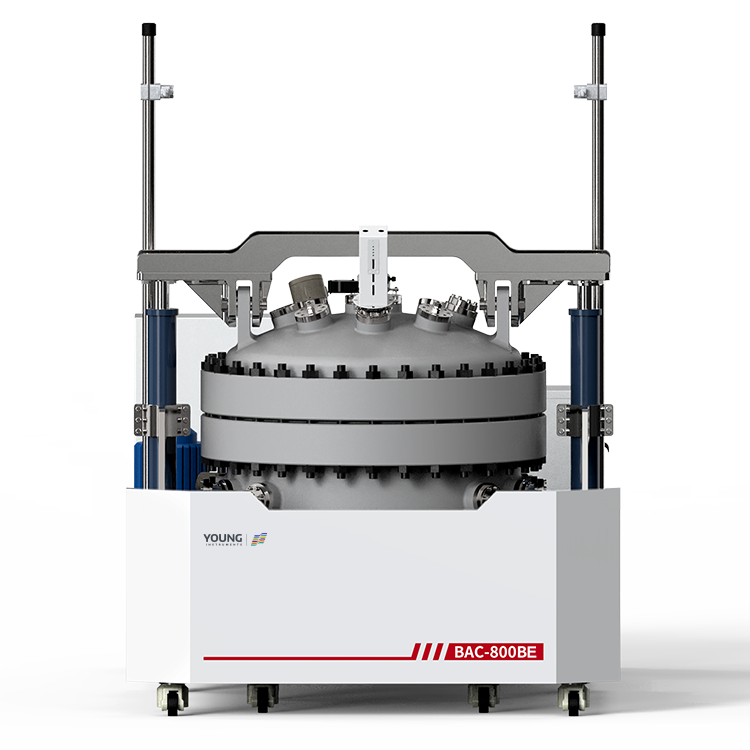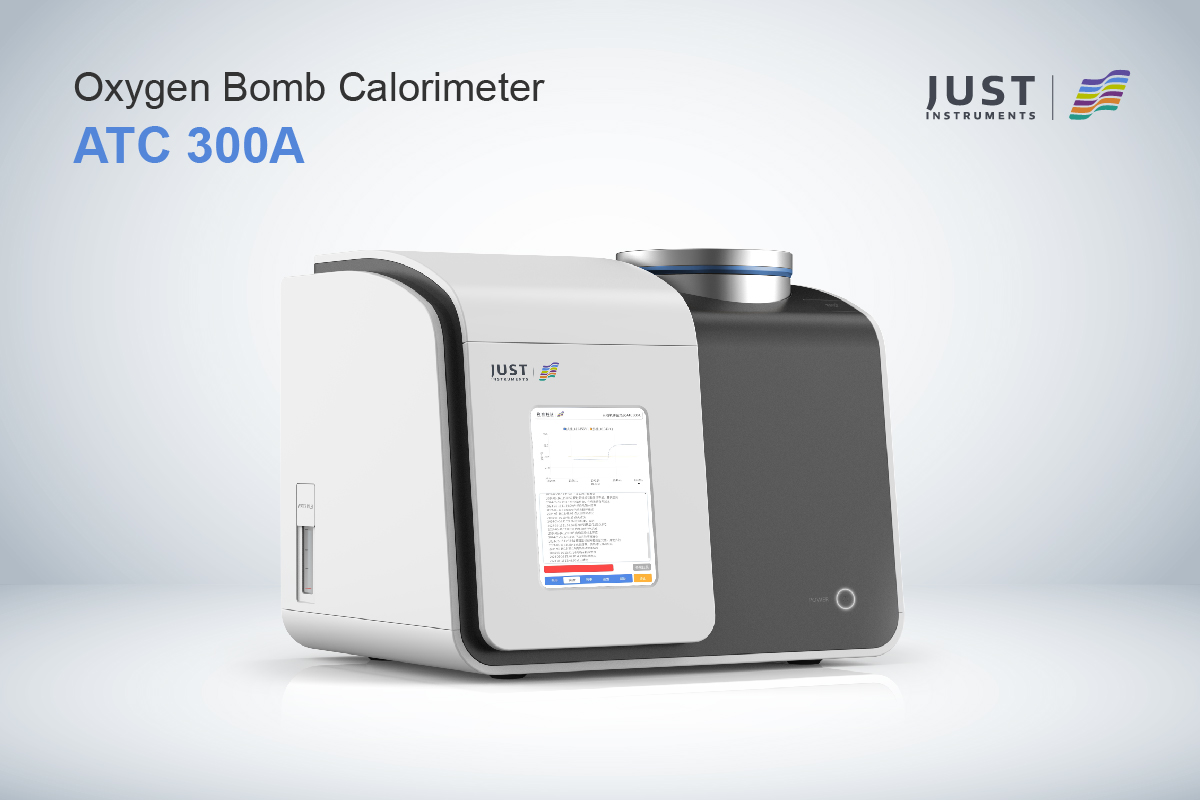Bomb Calorimeter Instrument: Understanding Its Importance in Analyzing Energy Content
If you’re interested in measuring the energy content of a sample, a bomb calorimeter instrument is an essential tool to have. This instrument is used to measure the heat of reaction at a fixed volume, and it’s commonly used in chemistry labs to determine the calorific value of solid and liquid fuels, foodstuffs, and other combustible materials. Bomb calorimeters are also used in the food industry to measure the calorie content of food products.
Bomb calorimeters work by burning a sample in an oxygen-rich atmosphere and measuring the temperature increase from this combustion reaction. This allows scientists to calculate how much heat is released per unit mass of combustible material burned. The device is called a “bomb” calorimeter because the reaction takes place in a sealed container, which prevents any heat from escaping. This ensures that all the heat released during the reaction is used to raise the temperature of the water in the calorimeter.
There are different types of bomb calorimeters available, each with its own advantages and disadvantages. For example, the 6400 Automatic Isoperibol Calorimeter is a state-of-the-art instrument that uses an innovative 1138 Oxygen Combustion Bomb. On the other hand, the 1341 Plain Jacket Calorimeter uses the industry-standard 1108 style Oxygen Bomb. Regardless of the type of calorimeter you choose, you can be assured of Parr Quality, Reliability, and World-Class Support.
Fundamentals of Bomb Calorimetry
Principles of Operation
A bomb calorimeter is a device used to measure the heat of combustion of a sample. The sample is placed in a bomb, which is then filled with oxygen and sealed. The bomb is then placed in a water bath, and an electric current is passed through the water. This causes the water to heat up, and the temperature change is measured. From this temperature change, the heat of combustion of the sample can be calculated.
The principle behind the operation of a bomb calorimeter is that the heat of combustion of a substance is equal to the heat released when the substance is burned in oxygen. By measuring the heat released during the combustion of the sample in the bomb, the heat of combustion can be determined.
Key Components
The key components of a bomb calorimeter are the bomb, the water bath, the stirrer, and the thermometer. The bomb is a sealed container in which the sample is burned. It is made of a material that can withstand high pressures and temperatures. The water bath is used to transfer the heat from the bomb to the water. The stirrer is used to ensure that the heat is evenly distributed throughout the water bath. The thermometer is used to measure the temperature change in the water.
The bomb calorimeter is a highly accurate thermal conductivity measurement device. It is widely used in the field of chemistry to determine the heat of combustion of various substances. It is also used in the field of food science to determine the caloric content of food. The device is easy to use and provides highly accurate results, making it an essential tool for researchers and scientists in many fields.
Calorimeter Design and Construction
The design and construction of a bomb calorimeter is essential for accurate and precise measurements of the heat of combustion of a substance. The instrument consists of a bomb, which is a strong, sealed container made of materials that can withstand high pressures. The bomb is filled with a known quantity of the sample to be tested, and then submerged in water in a jacket surrounding the bomb. The heat of combustion of the sample causes the temperature of the water to rise, which can be measured using a thermal conductivity measurement device.
Material Selection
The materials used in the construction of the bomb must be carefully selected to ensure that they are resistant to corrosion, heat, and pressure. Stainless steel is a common material used for the construction of the bomb, as it is strong, durable, and resistant to corrosion. The bomb is also fitted with a lid, which is usually made of the same material as the body of the bomb.
Insulation and Thermal Stability
The bomb is surrounded by an insulating material, which helps to minimize heat loss to the environment. The insulating material must be able to withstand high temperatures and provide good thermal stability. Ceramic fiber insulation is commonly used for this purpose, as it is lightweight, has low thermal conductivity, and is resistant to high temperatures.
The design and construction of a bomb calorimeter is critical for accurate and precise measurements of the heat of combustion of a substance. The materials used in the construction of the bomb must be carefully selected to ensure that they are resistant to corrosion, heat, and pressure. The bomb must also be surrounded by an insulating material that provides good thermal stability and minimizes heat loss to the environment.
Measurement Process
To measure the heat of combustion of a sample using a bomb calorimeter, you need to follow a few steps. These steps include sample preparation, calibration procedures, and the measurement process itself.
Sample Preparation
Before you start the measurement process, you need to prepare the sample. The sample should be homogeneous, dry, and finely ground. You should weigh the sample accurately and place it in the combustion crucible. The crucible should be made of a non-reactive material like platinum or gold.
Calibration Procedures
To ensure accurate measurements, you need to calibrate the bomb calorimeter before use. Calibration involves using a substance with a known heat of combustion, such as benzoic acid, to determine the calorimeter’s heat capacity.
You should perform at least three calibration runs to ensure the accuracy of the instrument. The calibration runs should be done at different temperatures to account for any thermal conductivity measurement device drift.
Measurement Process
Once you have prepared the sample and calibrated the instrument, you can start the measurement process. The sample is ignited electrically, and the heat of combustion is transferred to the surrounding water. The temperature change of the water is measured using a thermometer or another thermal conductivity measurement device.
The heat of combustion can be calculated using the following equation:
Heat of combustion = (mass of water x specific heat of water x temperature change) / mass of sample
The specific heat of water is 4.184 J/g°C, and the mass of water should be accurately measured. The mass of the sample should also be accurately measured.
To measure the heat of combustion of a sample using a bomb calorimeter, you need to prepare the sample, calibrate the instrument, and perform the measurement process. By following these steps accurately, you can obtain accurate and reliable results.
Data Interpretation and Analysis
Calculating Energy Content
Once you have completed the experiment and obtained the raw data, you need to calculate the energy content of the sample. This involves using the heat capacity of the calorimeter and the temperature change of the water to determine the heat released by the sample. The heat released is then converted to energy content using the appropriate unit conversions.
To calculate the energy content, you need to use the following formula:
Energy Content = Heat Released / Mass of Sample
Where the heat released is calculated by multiplying the heat capacity of the calorimeter by the temperature change of the water. The mass of the sample is measured before the experiment and used in the calculation.
It is important to note that the energy content calculated using this method is based on the assumption that all the energy released by the sample is transferred to the water in the calorimeter. This assumption may not be entirely accurate, and there may be some loss of heat to the surroundings.
Error Analysis
As with any scientific experiment, there is always some degree of error associated with the measurements and calculations. It is important to identify and quantify these errors to ensure the accuracy and reliability of the results.
One common source of error in bomb calorimetry is incomplete combustion of the sample. This can lead to an underestimation of the energy content of the sample. To minimize this error, it is important to ensure that the sample is finely ground and well mixed with the oxidizing agent before being placed in the bomb.
Another source of error is heat loss from the calorimeter to the surroundings. This can lead to an overestimation of the energy content of the sample. To minimize this error, it is important to insulate the calorimeter as much as possible and to use a thermal conductivity measurement device to monitor any heat loss.
Overall, the accuracy and reliability of the results obtained from bomb calorimetry depend on careful experimental design, accurate measurements, and thorough error analysis.






































